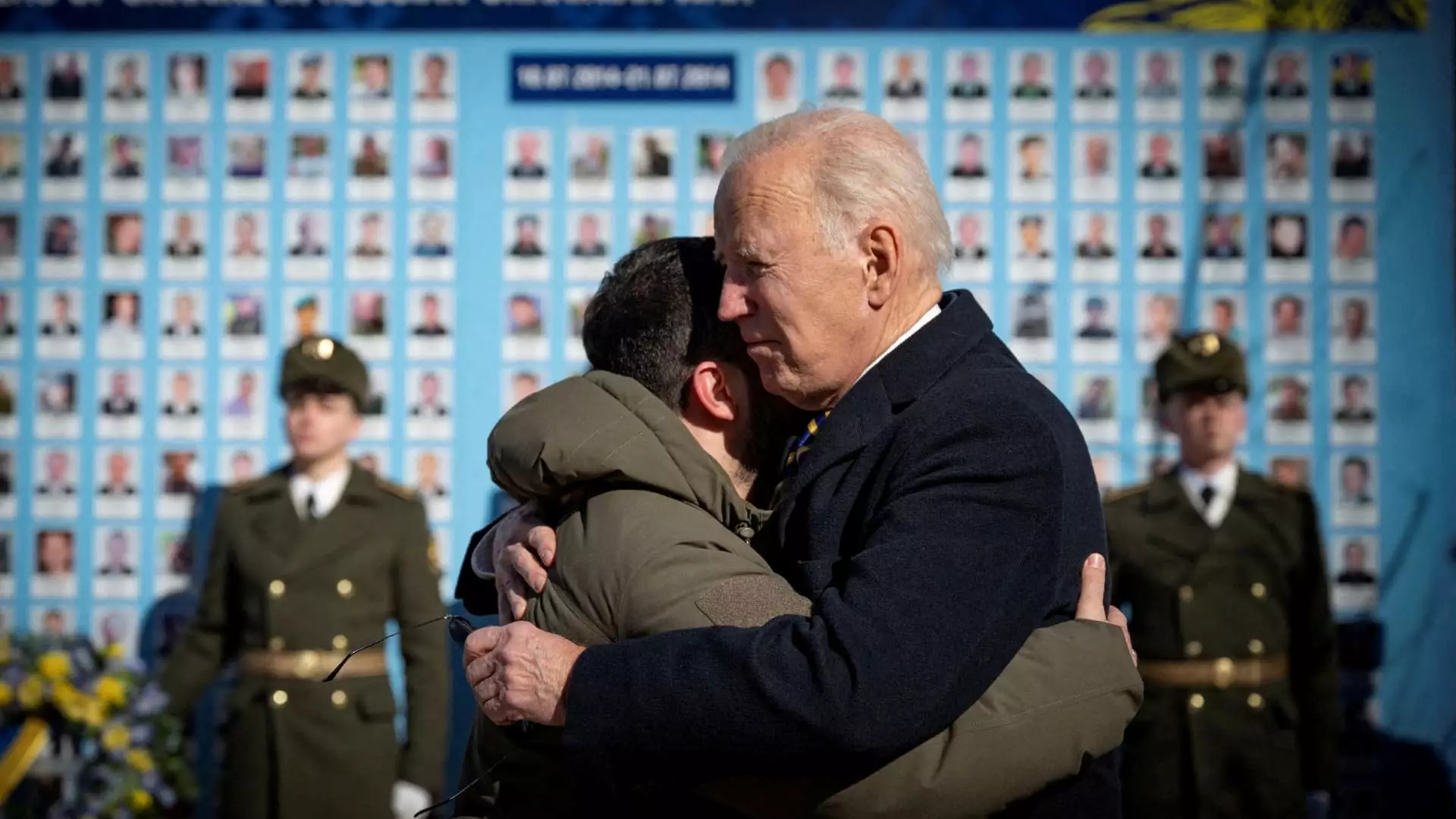Recent developments signal a pivotal change in how the Biden administration supports Ukraine in its ongoing conflict with Russia. Reports indicate that U.S.-provided weapons may soon be employed by Ukraine to launch strikes deep within Russian territory—the first instance of such a strategy following extensive requests from Ukrainian President Volodymyr Zelenskyy. This shift in policy could mark a notable escalation of the conflict and has significant implications for the geopolitical landscape.
The backdrop to this decision is rooted in a series of troubling developments, including the reported deployment of North Korean ground troops to bolster Russian forces. This alignment of military resources has raised serious concerns within both Washington and Kyiv. In this context, Zelenskyy’s persistent appeals for advanced military capabilities to address the evolving threat landscape may have finally found a receptive audience.
The upcoming strikes, utilizing Advanced Tactical Missile Systems (ATACMS), underscore an ambitious tactical pivot aimed at striking at the heart of Russian military operations, potentially altering the dynamics of the confrontation. However, the White House remains tight-lipped as details surrounding these operations are kept classified, citing operational security as a priority.
Despite some skepticism within U.S. defense circles about the ultimate impact of such long-range strikes on the war’s trajectory, the strategic decision to enable Ukraine this operational latitude could afford it a crucial advantage. As Russian forces consolidate their positions and make incremental gains, Ukraine’s ability to strike back at key military targets may not only disrupt Russian operations but also enhance Ukraine’s negotiating power in potential peace talks.
Nevertheless, the potential for escalation is palpable. Russian officials have openly stated that any move to expand Ukraine’s offensive capabilities would be considered a significant provocation. The geopolitical stakes are undoubtedly high, with Ukraine’s strategies becoming a pivotal point of tension in the larger U.S.-Russia rivalry.
The timeline for these military operations coincides closely with the upcoming transition in U.S. leadership, as President-elect Donald Trump is set to take office shortly. Trump’s past criticisms of U.S. military aid to Ukraine raise questions about whether this policy shift will endure. His administration’s stance could lead to a reversal or modification of Biden’s strategic framework, adding layers of uncertainty to an already volatile situation.
Moreover, bipartisan pressure on Biden to maintain—or even enhance—support for Ukraine complicates the narrative. Some congressional Republicans are advocating for a liberalization of U.S. weapon usage rules, reflecting varied opinions within the U.S. government concerning the best approach to assist Ukraine while avoiding direct confrontation with Russia.
At this juncture, the implications of U.S. support for Ukraine are profound. As Kyiv prepares for what could be a dramatic series of strikes against Russian military assets, the intersection of military strategy, diplomatic negotiations, and the upcoming presidential transition will play a critical role in shaping the future of the Ukraine conflict and its ramifications for international relations. The coming weeks may well indicate whether this bold policy shift will solidify Ukraine’s position against its adversaries or lead to an escalation that reshapes the regional landscape.


Leave a Reply